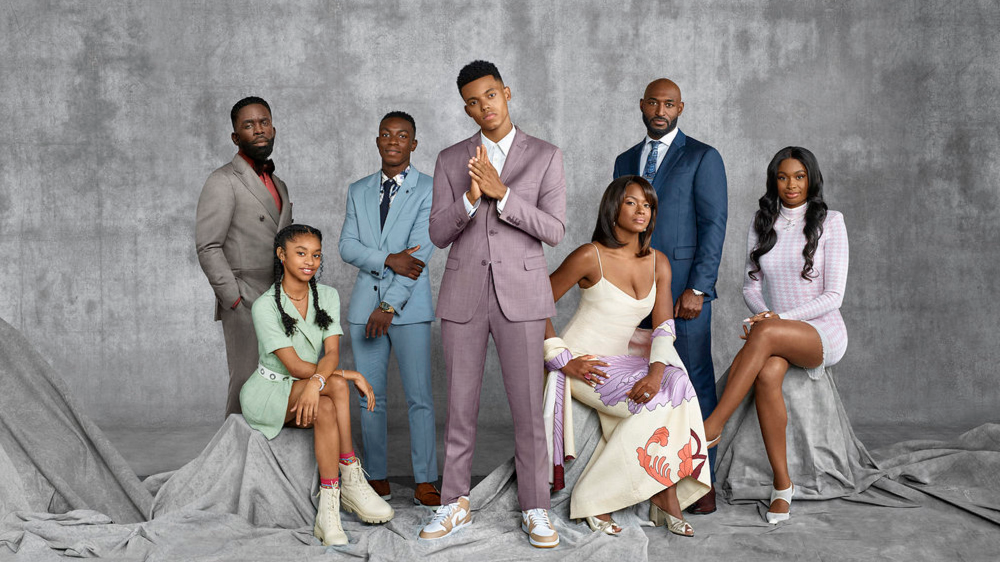
It’s impossible to write about the new Peacock drama Bel-Air without mentioning Will Smith and the fact that it’s a fresh take on The Fresh Prince of Bel-Air, which made the newly-crowned Oscar winner and former Academy member a household name back in the ’90s.
Smith is an executive producer on the streaming series, which finds Jabari Banks playing, well, Will Smith, a teenager from West Philadelphia who is sent to live with his Uncle Phil (Adrian Holmes) and his Aunt Viv (Cassandra Freeman) in California, where he faces an awkward transition from the streets of Philly to the gated mansions of Los Angeles.
The concept was born out of a fan’s (Morgan Cooper) short film that was inspired by the original Fresh Prince series created by then-married couple Susan and Andy Borowitz, with Malcolm Spellman, T.J. Brady, and Rasheed Newson then expanding upon that classic rags-to-riches story. Bel-Air features many familiar characters from the original show, including the Banks family’s sarcastic butler, Geoffrey (Jimmy Akingbola), and Will’s cousins — Carlton (Olly Sholotan), Hillary (Coco Jones), and Ashley (Akira Akbar). The drama series also features a more prominent role for Will’s mother, Vy (April Parker Jones), than the ’90s version.
One week before Chris Rock got fresh at the Academy Awards and Smith acted anything but princely in response, Below the Line spoke to Corey Kaplan, the principal Production Designer on Bel-Air and a seasoned TV veteran whose varied credits include The X-Files, Scandal, and Cold Case, to name just a few.
When we spoke, she told us about the many different sets she had to work on, from the Banks family’s mansion where most of the series takes place, to scenes in Philadelphia and those set inside the prep school that Will attends with his cousins.
Read on for more…
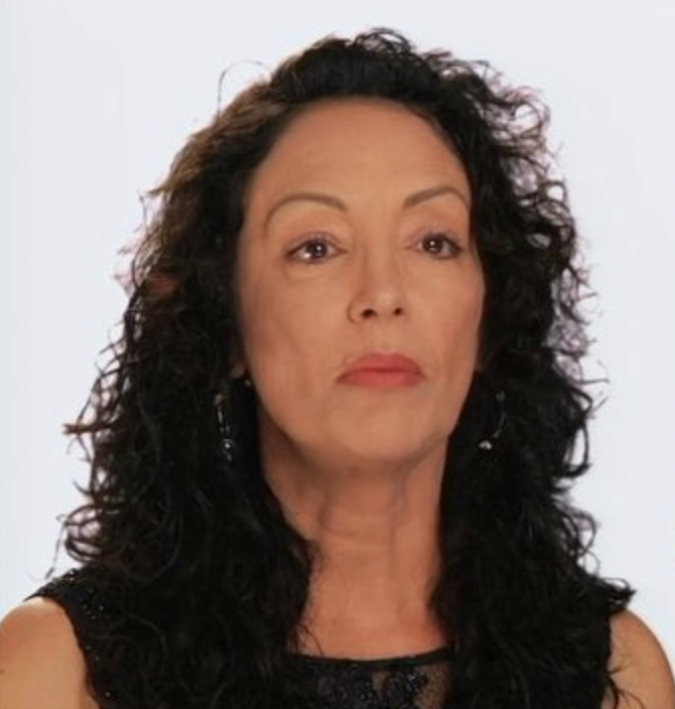
Below the Line: How did you react when you were first asked to work on Bel-Air, and how do you approach designing the various looks of a series when it’s based on another show that is so well known?
Corey Kaplan: I have worked for my union for years, and I try to help them bring in as many people of color and ethnicity into the shows. As I was doing this, they were trying to bring people of color into the show, but this city is so busy. At some point, they said, ‘Can you just please do it?’ and I said, ‘Fine.’ I was raised in Rockaway, Queens. I had a background as sort of the one white person in my neighborhood, [so] I get what Morgan [Cooper] was doing with this TV show. And I understood it. I find him to be such a brilliant man. I worked on a TV show about 20 years ago called Robbery Homicide Division with Michael Mann. He had an intuitive nature to know what was right or wrong for a show, just like that [snaps fingers]. Morgan, at the age of 27, was like that — he’s intuitive and smart.
Bel-Air in the 1990s was more about how we clean up and look pretty and function. Bel-Air in 2022 is how we come from a real rough environment and try to fit in and hold our values. And that’s what I liked about his approach. Holding our values as a culture, not giving up [or] giving in, but incorporating who you are — that’s what this show is about, and why I loved it. It’s about being accepted for who you are, as people. That’s the most important element of what Morgan was trying to do.
As I went through with the design, I tried never to lose his original idea [to] bring all the artistry of the culture into the Bel-Air world. That was a nice challenge and my central focus. It was an opportunity to give that creative vision. The African-American legal society, as it has been through the years, they’ve never been celebrated. They’ve been here for a long time. How come they’ve never been celebrated for what they are and [how they] contribute?
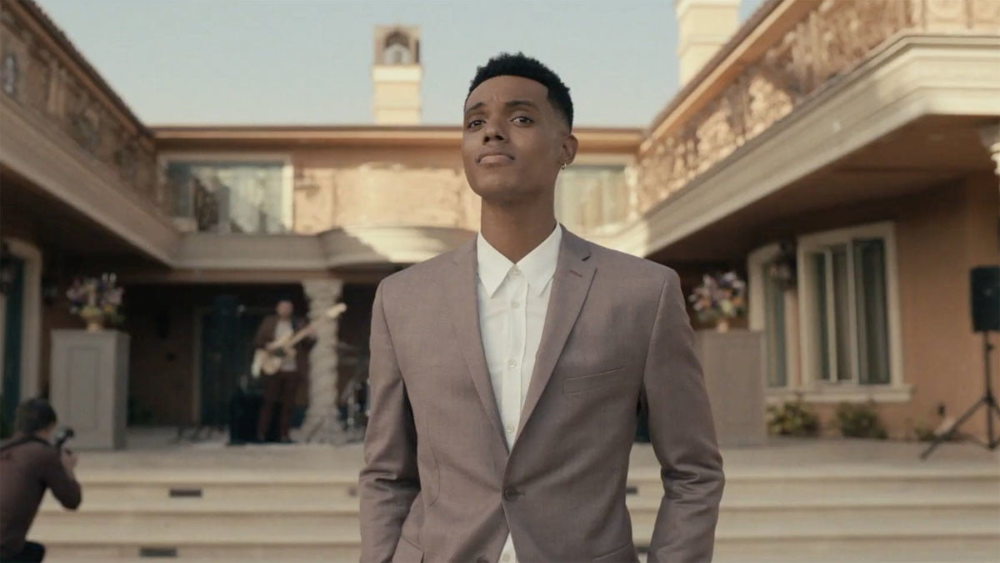
BTL: Walk me through the main mansion and what you wanted to convey with its design?
Kaplan: When you have a series of episodes, you need to know your character arc. We knew where we needed to go with the series. We wanted to introduce the woman end of the house, [because] she was repressed and gave up who she was. The big entryway to the house serves a dual purpose. It’s not just the grandeur but also a gallery. It becomes her gallery and you’re shocked at first [by] how big it is. Then you realize — this is the place where people need to enter a benefit, or where her daughter is going in her career. You use it as the wall you go through to get to the other side. It’s a funnel into another world.
BTL: Where are you after you get through the funnel?
Kaplan: The actual physical, practical part of this needs to show love, and that she raised her family with comfort and concern. You have the formal entryway, and the sitting area, to do family time and watch TV. From there, you can go to the pool. You also have the mini bedrooms upstairs. We skip most of the hallways because you jump to the meat of Will’s story in the rooms. We wanted to show how he took over that guest bedroom, and show how the elements of his West Philadelphia bedroom fit into his new, gigantic room. He’s meant to do fine in that room even though he’s minuscule, to scale. Then you go into his cousin’s room — that was set up like a small apartment, you can live there. It could have been a hotel room. You can play games and do homework there. A closet as big as my bedroom right now. There’s a juxtaposition between the cousin and Will. That’s how we purposefully set up the room. And if you were to go upstairs, one room is on each side of the hallway, and a patio that connects them both. The other thing that connects the kids is the game room — it was a last-minute idea to make something in common for them. They can talk dirty there. It was their clubhouse.
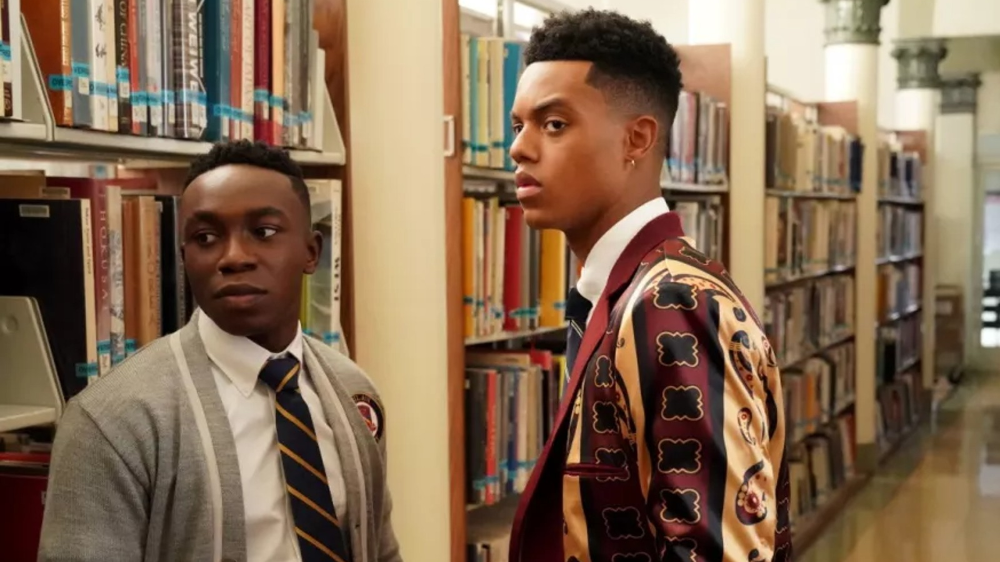
BTL: What about the Academy where they go to school? Was that a location?
Kaplan: It was Woodbury, a very friendly place in Los Angeles, actually a day college. We decided to make it into a private high school. It’s similar to what the real ones in L.A. look like. That was not hard to do, it was a natural. We had to piece together some of the parts of the school. The athletic field was downtown at another place. Schools were in session and we had to be mindful, especially during the COVID time period.
BTL: What was your favorite set to decorate on the show and why?
Kaplan: The backyard of the Bel-Air mansion. It was the fundraiser that Viv put on, in the middle of the season. We tried to make it colorful and optimistic. All the extras made it so. Every element was beautiful. The wardrobe there was outstanding, too. God bless you, Mrs. Maisel, but this was pretty darn good, too. Every department worked together a lot on that. It’s so hard to take a big crowd of people and make them all look amazing in an amazing setting. It was a delicate and important combination of efforts. That was also the most challenging one because we had to bring those tents to make it look personalized. And then when you got into the house, you needed to see everything that was raffling, almost as if in a public space.
BTL: Talk to us about how your design helped further illustrate Uncle Ben and Aunt Viv?
Kaplan: Do you remember the dad’s office a bit? His office is complicated. He’s a lawyer. We never see where he works though, so everything about him has to be reflected in the office doors in the house. To the right, there was a stereo set that cost at least $80,000. I didn’t know stereos could cost that much! He loved music and could afford [it]. The center of the room was set up like a cone of comfort where he can listen to music and you can talk to him. The desk area is where you feel his stateliness. The tones were dark and solemn, unlike the rest of the house, which is much more inviting. To compliment all of that, his wife takes a storage room that she remodels and she says ‘the hell with this, I’m going to go back to making artwork.’ We put [in] a beautiful chandelier, but coming from an art studio background, that was easy for me. It was a compliment for who these people are, and also a contrast.
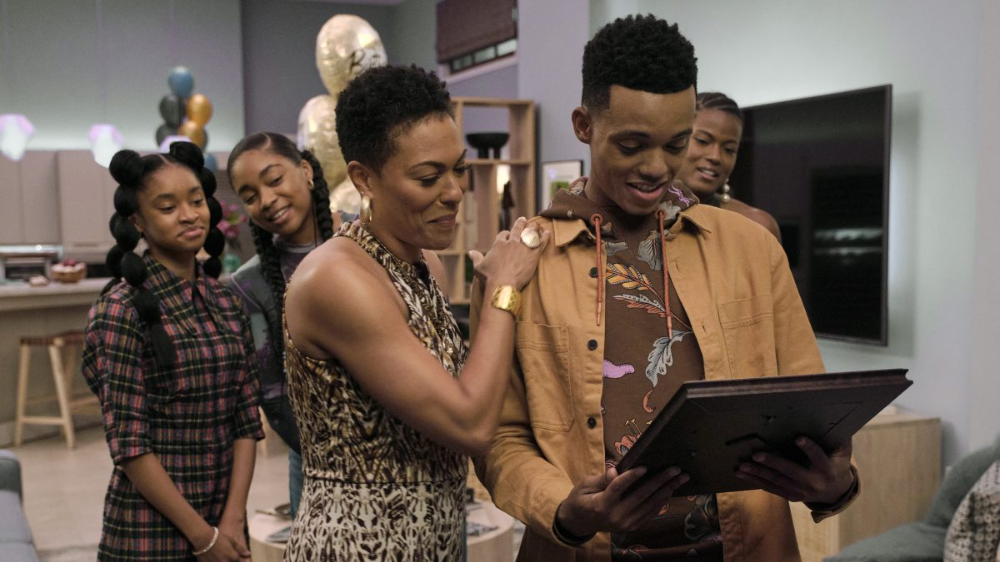
BTL: What relationship if any did you want this show to have to the original — or what separation, for that matter?
Kaplan: Everybody loves The Fresh Prince of Bel-Air, especially if you grew up in the 1990s. Everybody loves the family and the world of peace we wish we had, even right now. Did we achieve that? Look at what has happened in the next 30 years. Maybe we made some strides, but not enough. Rebirthing the show is revisiting what we thought we had, and realizing we don’t have it. That’s what I think young Will is saying as he’s going through his stumble of [being in] this situation, with his new family and the division of family between where his mother lives and his aunt lives. In the same family, how does that happen? How does such a division happen? This is the gritty reality that could not happen on a three-camera show 25 years ago, and this is what streaming TV allows you to have now. A lot more reality. My sets are showing that contrast, that separation. My job as a production designer is to convey things like that, through the eyes of the director’s creativity.
BTL: What has been your favorite part of your Bel-Air experience so far?
Kaplan: How nice everybody was, especially the writers. There was no one-upmanship here. But I do have a regret — I didn’t get to meet Will Smith! He was not as involved as I had hoped. What amazing timing for him to do our show, with all the awards he’s winning. That’s a dream come true.
Season 1 of Bel-Air is currently streaming on Peacock.





